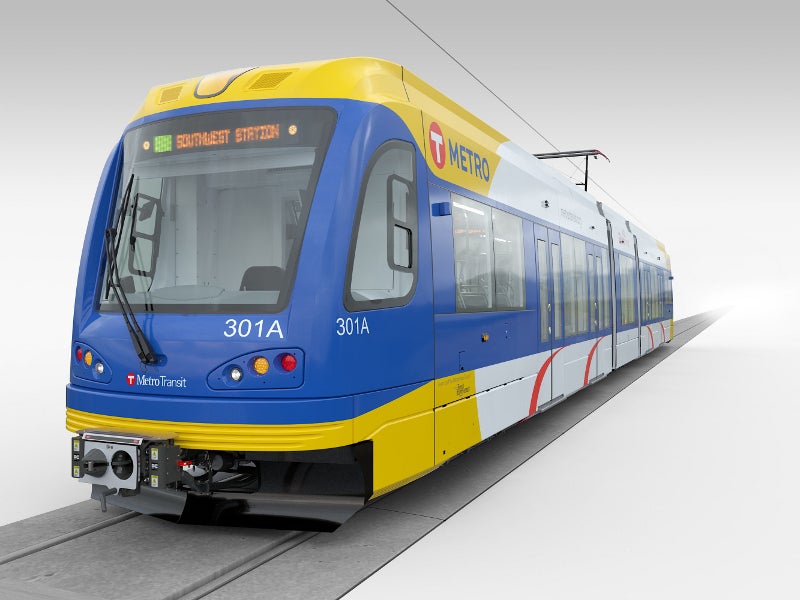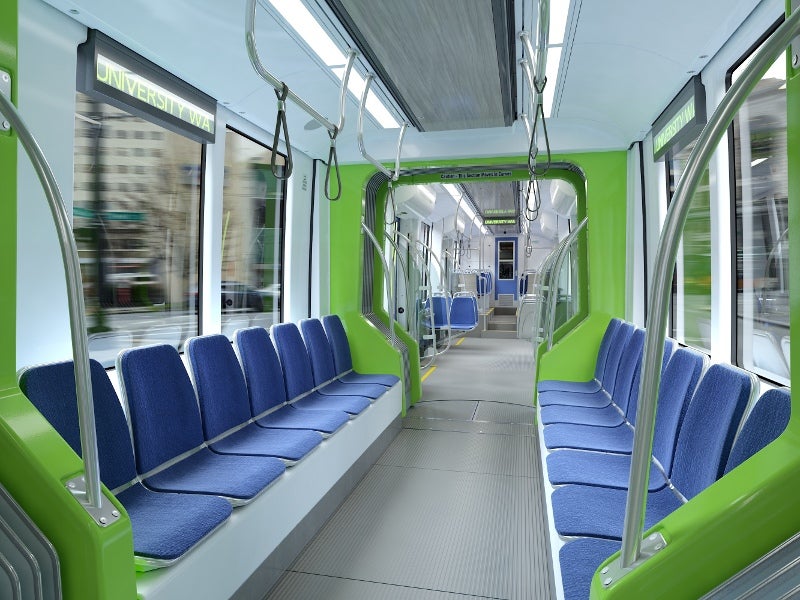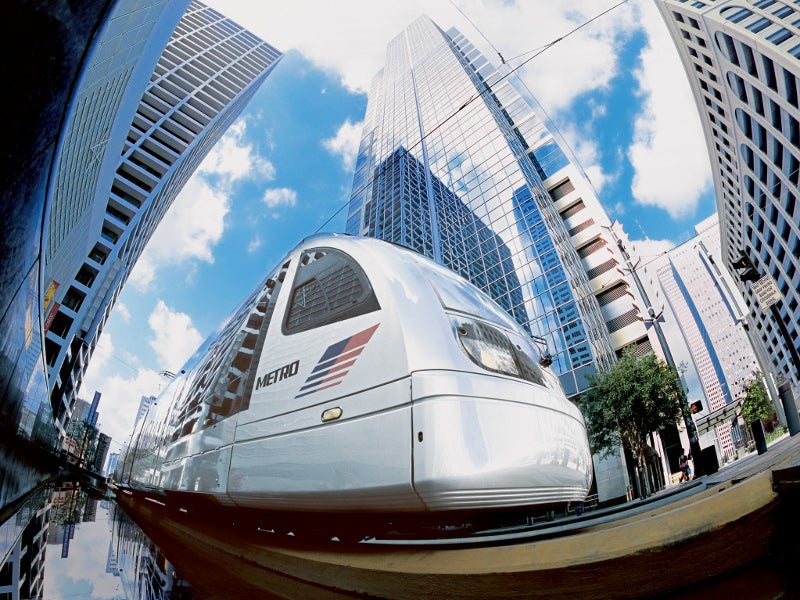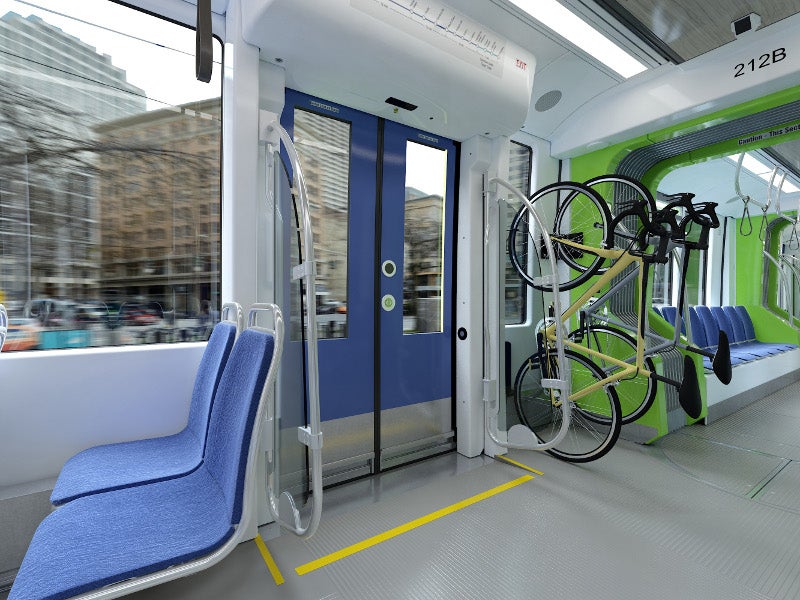S70 is a low-floor light rail vehicle (LRV) manufactured by Siemens Mobility for mass transit and regional railway lines to improve mobility between suburbs and cities.
More than 600 S70 light rail vehicles have been built at Siemens Mobility’s solar-powered manufacturing facility in Sacramento, California, US, to date and are currently operating on rail systems in 11 cities.
The latest design of the vehicle comes with low-floor configuration, which offers improved accessibility for wheelchairs and strollers.
S70 light rail vehicle orders and deliveries
The Metropolitan Transit Authority of Harris County (METRO) of Houston ordered a total of 51 light rail vehicles from 2004 to date.
Siemens received a contract from the Orange County Transportation Authority (OCTA) in August 2018 for eight S70 streetcars, which will be operated on the OC Streetcar line, upon delivery in early 2021. The contract also includes an option for up to ten additional streetcars in the future.
Sound Transit ordered a total of 152 S70 light rail vehicles, which will increase its current fleet to 214. Scheduled to be delivered in 2019, the new units will be operated in Seattle and Central Puget Sound area in the US.
Phoenix Valley Metro Rail ordered 11 new S70 LRVs in June 2017, with an option for up to 67 additional vehicles.
Twin Cities’ Metropolitan Council currently operates S70 light rail vehicles on green and blue lines managed by Metro Transit. It placed an order for 27 additional vehicles in October 2016 for operation on the Metro Transit Southwest line expansion.
Siemens received an order for 45 new S70 vehicles from the San Diego Metropolitan Transit System (MTS) in November 2016.
The Charlotte City Council purchased 42 LRVs, which are currently operating on the Charlotte Area Transit System (CATS) LYNX Blue line since 2006. It ordered six advanced streetcars with hybrid technology in November 2016 for operation on the second phase of CityLYNX Gold Line.
The LRV is also operational with TriMet, Salt Lake City’s Utah Transit Authority (UTA), Tide Light Rail, and Metropolitan Atlanta Rapid Transit Authority (MARTA).
S70 LRV design and features
S70 light rail vehicle’s body is made of steel materials. It is double-articulated with six axles and is capable of bidirectional operation. Designed in compliance with US guidelines, the LRV offers high crashworthiness.
The vehicle is available in different car combinations with lengths varying between 24.7m and 29.4m. It has a width of 2.65m, height of 6.09m, and a track gauge of 1.43m. Passenger capacity of the vehicle is approximately 230.
Vehicles feature a knee-to-back and longitudinal seating with eight wide-opening sliding doors. The doorway ramps aid passenger movement and spacing between the doors provides enhanced passenger flow while reducing station dwell times. Wheelchair spaces and bicycle racks are provided in the vehicle, in addition to two roof-mounted heavy-duty air-conditioning system units.
Passenger information systems consisting of automated announcements, passenger operator intercoms, and electronic destination signs are installed on the vehicles. Passenger safety is also increased with the interior surveillance system.
The S70 vehicle features extra space for storing luggage and also has hooks for four bicycles. It is also equipped with energy-efficient LED interior lighting and advanced vehicle diagnostics with easy maintenance.
Propulsion and performance of S70 LRV
Powered electrically by an overhead catenary system, the LRV is capable of achieving a maximum operational speed of 88km/h, while its maximum speed is 95km/h.
Each light rail vehicle is outfitted with two power trucks and a non-powered centre truck.







